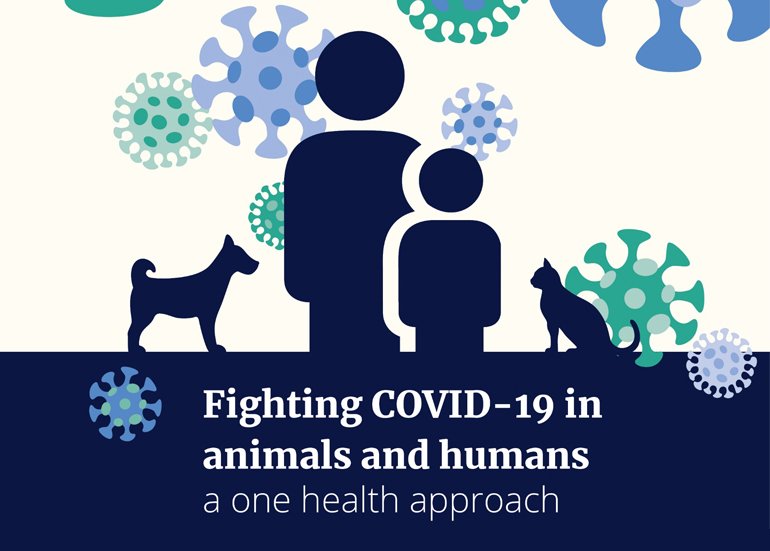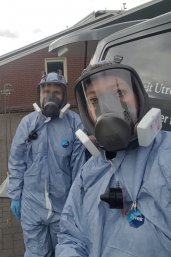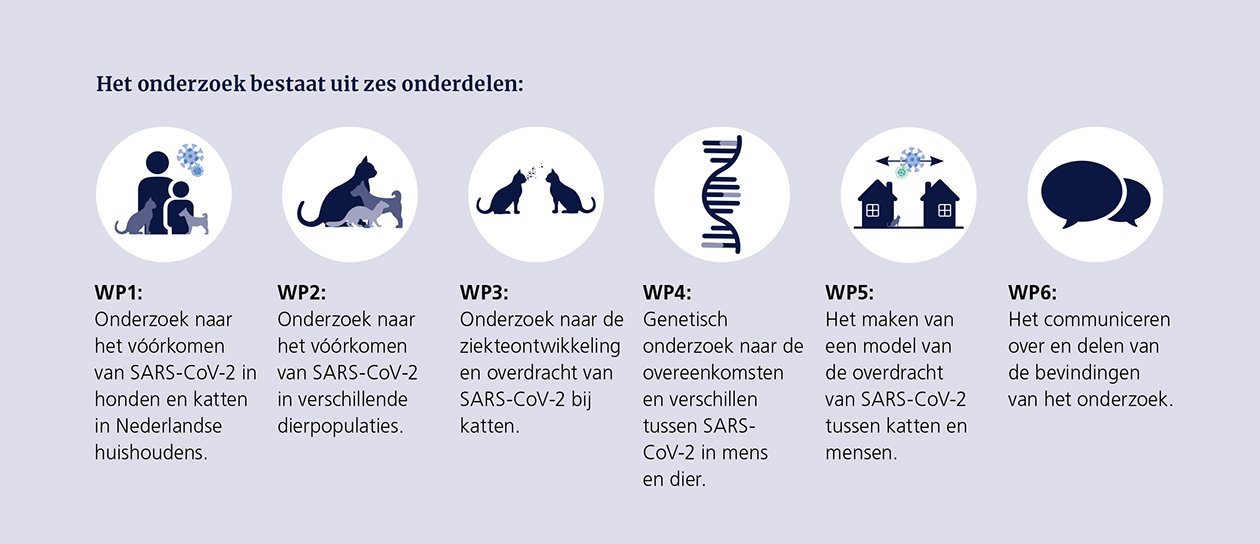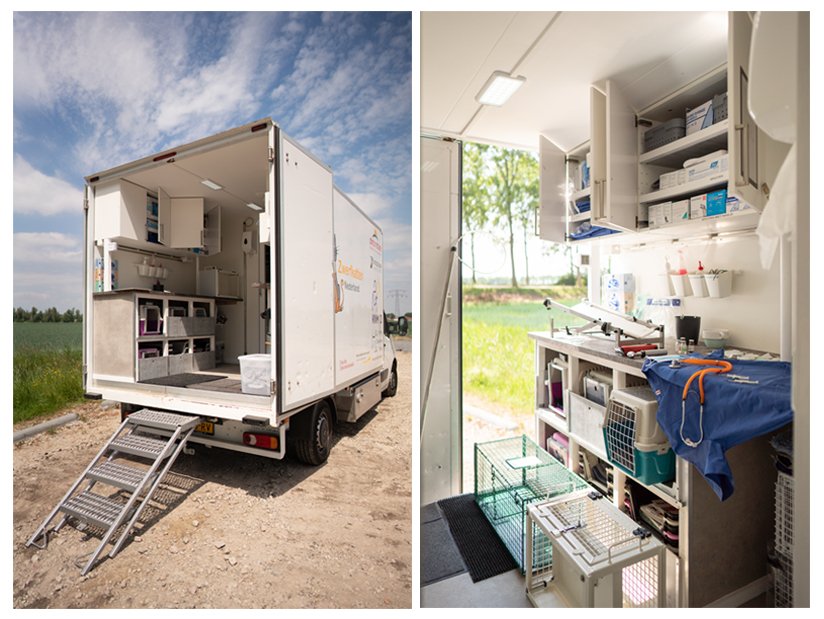Research into COVID-19 in humans and animals
At the behest of the Ministry of Agriculture, Nature and Food Quality (LNV), the Faculty of Veterinary Medicine is coordinating the research project ‘Fighting COVID-19 in animals and humans, a “One Health” approach’. The project is a collaborative effort involving various parties within the Netherlands Centre for One Health (NCOH). Project leader Arjan Stegeman says: ‘The most important goal is to determine whether the novel coronavirus SARS-CoV-2, which causes the illness known as COVID-19, can continue to circulate between animals and humans once transmission between humans has been curbed.’


Reports from a number of countries indicate that the novel coronavirus SARS-CoV-2 is capable of infecting animals other than humans – particularly felines and mustelids. The Ministry of LNV has issued a call for research proposals in connection with these reports. In addition, SARS-CoV-2 infections were confirmed on four mink farms in the Dutch province of North Brabant in April and May of this year. Investigations by various parties within NCOH revealed that, following the initial human-to-mink transmission, it is highly likely that two further humans were infected by mink. Cats present on the farm were tested as well. Seven of the 24 cats tested were found to have antibodies, meaning they had been infected in the past. Environmental epidemiologist Lidwien Smit is working closely with the studies involving mink and cats: ‘If we find cats that have been infected in domestic settings, it will be interesting to see which risk factors were present.’
‘By combining data on the viruses that affect humans and animals, we can unravel the mystery of how they are spread.’
The large-scale research project ‘Fighting COVID-19 in animals and humans, a “One Health” approach’ is currently in full swing. While the scientists involved are studying cats, dogs, rabbits and wild animals, they are focusing primarily on household pets. Microbiologist Els Broens explains: ‘Contact between people and their pets is intensive, providing an opportunity for the transfer of pathogens.’ Virologist Marion Koopmans adds: ‘By combining data on the viruses that affect humans and animals, we can unravel the mystery of how they are spread.’ The project is interdisciplinary in nature: physicians, veterinarians, microbiologists, epidemiologists, pathologists, modellers and communication experts are all taking part. Initial results are expected within a few months’ time.

Mobile Clinic
This research will require samples taken from cats and dogs living in households infected with COVID-19. Because it will not be possible for members of these households to come to the clinic themselves, veterinarians from Utrecht University will make house calls to obtain the necessary samples. In order to do so safely, they will use the mobile clinic belonging to Stichting Zwerfkatten Nederland (the Netherlands Stray Cat Association). This van will also be used to conduct studies of cats living on mink farms.


